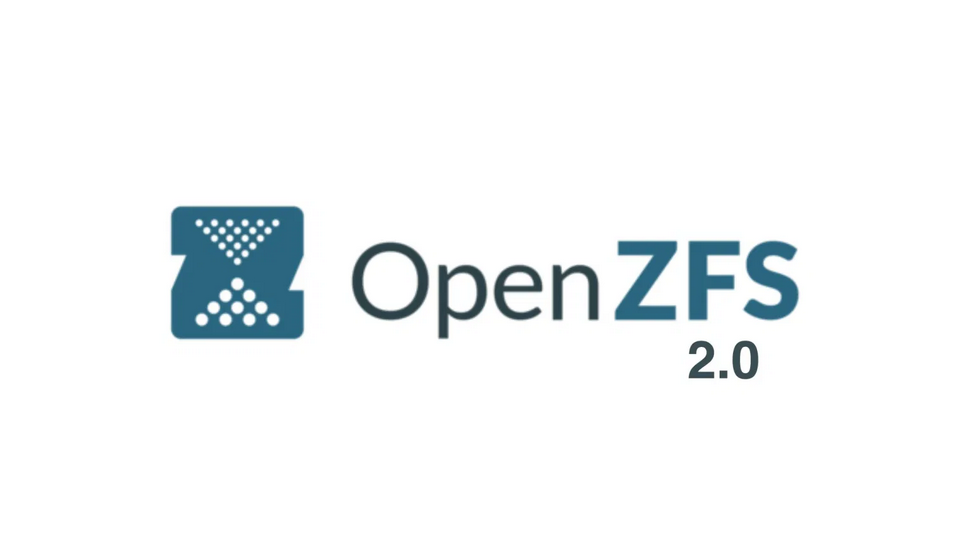

The only difference between RAID and LVM is that LVM does not provide any options for redundancy or parity that RAID provides. Using logical volumes, you can take device snapshots for consistent backups or test the effect of changes without affecting the real data. Even though LVM did not support this natively in the past, recent versions provide it. Logical volumes provide a convenient way to configure a mirror for your data. Specifying stripe configuration is done when creating the Logical Volume with lvcreate Mirroring volumes This can dramatically increase throughput. You can create a logical volume that stripes data across two or more disks. Logical storage volumes can be managed in user-defined and custom-named groups. For example, you can empty a hot-swappable disk before removing it. Data can be rearranged on disks while the disks are in use. To deploy newer, faster, or more resilient storage subsystems, you can move data while your system is active.
#OPENZFS VS ZFS ON LINUX SOFTWARE#
You can extend logical volumes or reduce logical volumes in size with simple software commands, without reformatting and repartitioning the underlying disk devices. When using logical volumes, file systems can extend across multiple disks, since you can aggregate disks and partitions into a single logical volume. Advantages of LVM over physical partitions. This kind of flexibility makes working with LVM such a smooth process. You can add other physical drives in the future and add your space without reformatting or worrying about stopping applications or unmounting file systems or shutting down your host. It allows you to plug as many physical drives onto your individual system and then flexibly increase and decrease your logical volumes on your live host. What LVM beautifully does is the abstraction of the idea of individual disk drives and allows you as the administrator to carve out “pieces” of space to use as drives. Here comes the pretty Logical Volume Manager.

#OPENZFS VS ZFS ON LINUX CODE#
Software RAID, on the other hand, implements the various RAID levels in the kernel disk (block device) code and offers the cheapest possible solution, as expensive disk controller cards or hot-swap chassis are not required. It uses Hardware RAID controller card that handles the RAID tasks transparently to the operating system. Hardware RAID handles its arrays independently from the host and it still presents the host with a single disk per RAID array. This RAID technology comes in three flavors: Firmware RAID, Hardware RAID and Software RAID. Depending on your RAID type, you will be able to achieve redundancy which will later save you in case there are incidences of data losses. Minimizes data loss from disk failure.Increases storage capacity using a single virtual disk.Primary reasons you should consider deploying RAID in your projects that manage large amounts of data include the following: Using techniques such as disk striping (RAID Level 0), disk mirroring (RAID Level 1), and disk striping with parity (RAID Level 5), RAID is capable of achieving redundancy, lower latency, increased bandwidth, and maximized ability to recover from hard disk crashes. Even though the array is made up of multiple disks, the computer “sees” it as one drive or a single logical storage unit which is quite amazing. Redundancy cannot be achieved by one huge disk drive plugged into your project. It was basically developed to allow one to combine many inexpensive and small disks into an array in order to realize redundancy goals. RAID stands for Redundant Array of Independent Disks.


 0 kommentar(er)
0 kommentar(er)
